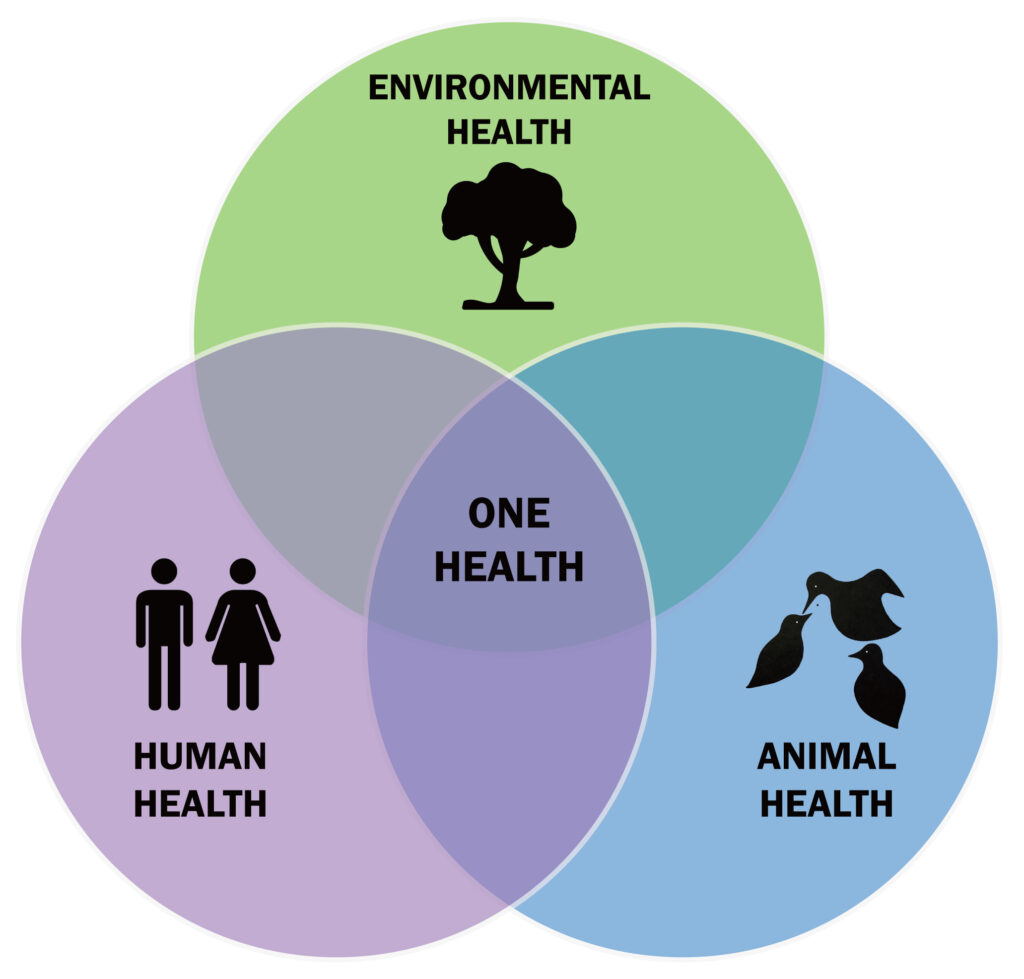Swiss veterinarians followed Johne’s disease (JD) control programs in 7 beef cattle and 10 dairy herds over a 3-year period. They documented the degree to which owners adopted JD control recommendations and monitored the level of MAP infection in the herds primarily by fecal culture with some supplemental testing by ELISA and fecal PCR. This study was reported in the journal PLOS ONE and is Open Access.

ABSTRACT
Various measures have been advocated for the control of Johne’s disease (caused by Mycobacterium avium subsp. paratuberculosis, MAP) in different countries. Farmers’ compliance has been reported to be variable depending on disease prevalence and incentives to participate in control programs. After the prevalence of MAP shedding and risk factors for within-herd spread of MAP were assessed in 17 Swiss cattle herds (10 dairy and 7 beef), general and herd-specific recommendations were given to the farmers to reduce MAP transmission within the herd. Participation in the study and implementation of control measures were voluntary, no financial incentives were provided for the realization of control measures. After a 3-year period of monitored observation including biannual farm visits and discussion of the situation, the implementation of the recommended control measures and their effect on prevalence of MAP shedding were evaluated. Implementation of recommended general and farm-specific control measures was only partially realized. Neither the number of animals tested positive (before or during the study) nor the farmers’ knowledge about paratuberculosis were significantly associated with their compliance for the implementation of management changes. The apparent within-herd prevalence remained constant despite limited implementation of control measures, and no particular group of control measures was found to be associated with changes in prevalence. Farmers’ compliance for the implementation of control measures to reduce the impact of Johne’s disease in infected farms was very limited under Swiss farming conditions in the frame of voluntary participation in a research project. These results indicate that the losses associated with paratuberculosis in Swiss dairy and beef operations are not estimated to be high enough by the farmers to justify important efforts for control measures, and that incentives may be necessary to achieve efficient implementation of such measures.
CONCLUSIONS (from the publication)
The managers of infected Swiss dairy and beef herds were reluctant to implement control measures to minimize MAP spread in the frame of their voluntary participation in a research project conducted over a period of three years. Except for culling test-positive animals, implementation rates were low for most proposed measures, and some of those that were implemented at the beginning of the period of observation were discontinued in the course of the study. The farmers mostly implemented cheap and easy measures, while changes impacting farm structure or their routines more deeply, e.g. improving hygiene in the calving area or minimizing animal purchase, were rarely realized. The farmers did not observe relevant economic losses due to PTB in their herds and therefore did not expect an immediate reward for expenditures in time, efforts and money. These observations suggest that incentives for a consequent implementation of control measures should be included in future programs to increase the compliance of the managers of herds infected with PTB and thus improve the chances of successfully controlling the disease.
COMMENT
Despite many studies documenting the cost of Johne’s disease to both dairy and beef cattle operations, these costs are not readily apparent to producers. And, if these producers are expected to shoulder 100% of the cost of controlling Johne’s disease but perceive little financial benefit, programs will not likely succeed, as the Swiss study shows. When programs have broad industry support, and the meat and milk processors who buy raw products from producers pay a premium for products from herds that are successfully controlling Johne’s disease, control program costs are shared equitably, and programs are more likely to succeed. This is the basis of the most recent national programs underway in the UK and the Republic of Ireland. JD control program costs may be passed along to consumers in the form of slightly higher retail product prices, but consumers will benefit because JD control programs result in less MAP entering the food chain making the finished products safer to consume.
As a reminder:
- MAP is found in raw milk and meat.
- MAP survives pasteurization and is found in retail milk.
- MAP survives cooking unless the meat is cooked until it is “well-done”.
- MAP is routinely found in people with Crohn’s disease (a human disease resembling JD).
- People with Crohn’s disease clinically improve when treated with anti-MAP antibiotics; some have been fully cured.
MAP is likely a food-borne zoonotic pathogen affecting people worldwide. Just as for other zoonotic pathogens found in domestic animals, such as tuberculosis and brucellosis, control programs that benefit both animal and human health begin on the farm. This is fundamental to the One Health philosophy.

- Read more about MAP in food here.
- Read more about the zoonotic potential of MAP here or watch the video on this page.